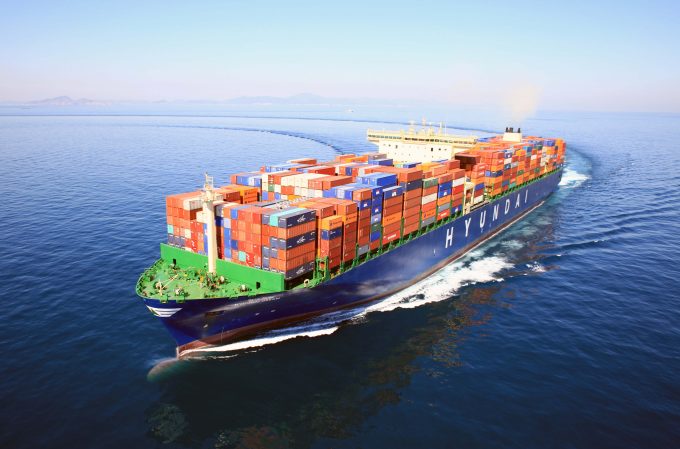Carriers look to short-term gains over blanking, as Red Sea crisis props up rates
With the Red Sea crisis continuing to artificially prop up container spot rates, carriers have ...

Hyundai Merchant Marine (HMM) slumped to a KRW1.2trn ($1.1bn) net loss in 2017. And this follows a KRW484bn loss the year before, bucking the industry trend of improved profitability.
However, seemingly undaunted by the magnitude of its continued losses, the South Korean carrier is to invest $95m in 30,000 new containers and is reported to be on the verge of an order for a dozen 22,000 teu vessels and eight of 13,000 teu.
HMM’s revenue increased 10% year on year, to KRW5.028trn, from a 30% surge in volumes, to 4.03m teu, but the EBIT loss was KRW407bn ($375m), compared with KRW833bn the year before.
Then HMM was forced into a painful restructuring as a consequence of a prolonged industry malaise that resulted in the bankruptcy of compatriot Hanjin Shipping.
HMM attributed the worsening net figure to a KRW479bn book loss on the sale and lease-back of 10 vessels in March last year to state-owned Korea Shipping and Maritime Transportation (KSMART), a tonnage bank initiative of the South Korean government set up the previous January to support the nation’s maritime industry.
During a company strategy meeting in December, HMM’s president and chief executive, CK Yoo, commented on rumours that the carrier was looking to place an order for 22,000 teu ultra-large ships.
“This will be the mega-shipbuilding project in accordance with the national expectation for being a leading shipping nation,” said Mr Yoo. “HMM is now in the good position to be a world-class, leading shipping company by overcoming new environmental regulations starting from 2020.”
Mr Yoo was referring to the global ship fuel 0.50% sulphur cap in IMO regulations coming into force on 1 January 2020 that could see carriers’ bunker costs double and further tilt industry competitiveness in favour of bigger, more fuel-efficient vessels.
Assuming that these ship orders are confirmed, the funds will be provided by KSMART. However, how HMM would deploy the 22,000 teu behemoths has so far not been explained by the company.
They would only be suitable for operation on the Asia-Europe tradelane, where currently HMM is restricted to just a slot charter agreement with the 2M alliance.
The 2M is unlikely to allow HMM to deploy its own vessels on the route – not least because Maersk Line and MSC’s customers are said to have been unhappy at the exposure of their cargo to a financially weaker carrier.
Meanwhile, Maersk Line last week reported a net profit of $521m for 2017, following a loss of $384m the year before, and most other carriers are expected to also report improved earnings. According to recent analysis by maritime consultant Drewry, container lines are on course to achieve some $7bn in consolidated profit for 2017 trading.
Comment on this article
Ingvar Bergman
February 14, 2018 at 7:35 amWhy HMM orders mega ships ? Because they do not wish to fall short of being the only one not having mega-ships in their fleet and thereby not in a position to save USD 115/teu on the bunker bill compared to a 13000teu ship on a round voyage. As far as I understand this became a paperproduct never tested but if Maersk says so, its got be correct. Pity that it was Maaersk for once revealing a correct figure (or was it false?). If it had been one of the others – the industry had probably given it a second thought prior to running to the builders. They might have come to the conclusion that the 13/15000teu workhorses, were sufficient for the trade. The 20 triple-E ordered by Maersk in one go for a total bill of USD 3,,8 billion (!) was the root for the eroded Asia/Europe trade which still will suffer for another 2-3 years although 2017 seems to have given a temporary but welcome relief, as I see it
But the question remains open – what is behind the HMM’s plan for ordering ?